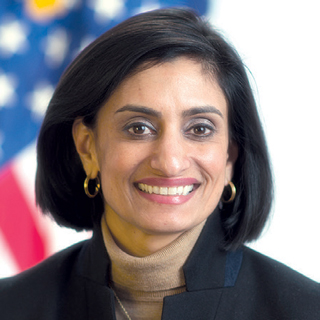
The head of the Centers for Medicare & Medicaid Services said on Tuesday that her agency would not approve waivers calling for lifetime limits on Medicaid, saying officials had made that clear to states that might have been considering them.
Providers immediately applauded the stance.
“You’re dealing with a fragile population and their changes in the lives,” Administrator Seema Verma said in 35-minute interview with Washington Post Live. “We always want to make sure the program serves as a safety net and there’s a place for people to go when they might need it.”
CMS announced May 7 it was rejecting Kansas’ proposal to limit coverage to three years for “able-bodied” adults, meaning that those who reached their limit would not have been covered by the program if their circumstances changed decades in the future.
LeadingAge President and CEO Katie Smith Sloan lauded Verma’s stand.
“We support the administrator’s position against limits nationwide,” Smith Sloan said in a statement. “LeadingAge will continue to advocate for a robust safety net for older adults to ensure that they will have the income, housing, health care and services — including long-term services and supports (LTSS) — that they need. Medicaid is the largest single payer for LTSS in our country, and it is a lifeline for older adults.”
Medicaid covered more than one in seven older Americans in 2015, many of whom would not be able to afford healthcare coverage on their own.
During Tuesday’s interview, Verma also said she would continue encouraging regulatory leeway as a means to encourage state innovation and working toward more transparency for consumers — touting that morning’s launch of a revamped drug pricing dashboard.
The redesigned Drug Spending Dashboards now include year-over-year information on drug pricing, highlight which manufactures have been increasing their prices, and allow patients, clinicians, researchers to see actual spending by Medicare and Medicaid.
Some of the most commonly used drugs across Medicare Part B, Medicare Part D, and Medicaid saw double-digit annual increases over the last few years, according to Verma. Drugs were included if they experienced annual increases of at least 5% in Part B and at least 10% in Part D and Medicaid.
In 2012, Medicare spent 17% of its total budget, or $109 billion, on prescription drugs. By 2016, the spending had increased to 23%, or $174 billion.




